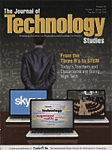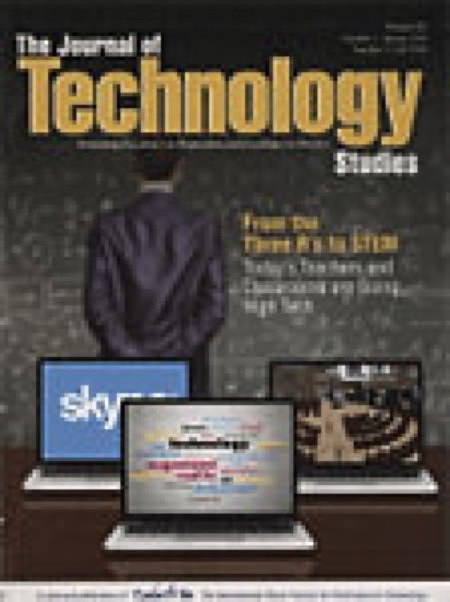The Original Text
By Ce Ce Landoli
[Edtor’s note: When I asked Paul Rand for an interview, he told me, “I’m very available. I have two ears, one nose, and hair on my head’’ I think this was his way of reassuring me he wouldn’t bite me. Paul Rand’s reputation as the father of graphic design in America is such an intimidating one that he was right to comfort me. Unfortunately, it had the opposite effect. Rand cuts through the mundane in a matter of seconds. Cl]
Paul Rand is a seminal figure in American graphic design. He is largely credited with introducing Modernism to the States. He has published three books on design: his most recent one is Design, Form, and Chaos. The American public has grown familiar with his outpourings; he has fashion IBM, NeXt, ABC, UPS. and Westinghouse’s corporate identities. He is now a professor emeritus at Yale University and continues to work solo in his studio. as he has for the past 30 years. ID magazine called him a “living monument in American graphics.”
Paul Rand: Tell me what your book is about.
Ce Ce Landoli: Creativity.
PR: That’s a terrible topic. Who made it up? You didn’t; did you?
CL: Actually, no, I didn’t. I think It’s too big to write about too.
PR: It’s essentially unanswerable. What other questions do you have for me?
CL: Well, I have others, but I’d like to start there. May we start again? What’s your definition of creativity?
PR: It’s your personality at work. The question is too big. But I think it’s about 95% perspiration, or is it more? And roughly 5% inspiration.
CL: How do you go about creating?
PR: There is no one way that it occurs. It depends on how you feel, or whether you fought with your wife. There’s no boundaries for what’s creative either. A bookkeeper could be creative or an accountant. This question is like asking a race horse, even if he could talk, well, how do you run? It’s all instinct. How the hell do you express yourself?
CL: So you don’t see any distinctions between creativity in the arts and other areas?
PR: None. I Just wrote an essay [Design, Form, and Chaos, Yale University Press, 1993], all about this topic, and I don’t want to spill my punch line. I don’t separate applied art from industry. In the first book I wrote [Designer’s Art] about form and content; I talked about the difference between Rembrandt and Norman Rockwell. I hate my first book. I improved on it. My next book is better than that. I keep getting simpler, no zig zags, no ziggernauts. But, now I’ll give you a secret. I think everything is art. Everything made by the human hand is art. The reason I adopted that idea is that then everyone has to focus only on quality — a big difference. It avoids the whole discussion or “What is art” It’s a wasteful argument; it doesn’t matter. What matters is how good a thing is, not the genre.
CL: Could you talk about the nature of quality then?
PR: What I like, you might think, stinks. It’s like arguing whether you like brunettes or redheads. The real questions are: Is she decent? Ethical? Nice? And you talk ephemeral things like attitudes. I was impressed by that little guy from Texas [Ross Perot] because the first thing on his agenda was ethics in business and government. People don’t talk about it because there are no ethics. People are unethical; they don’t go out of their way; they fake; they lie. Chaos is the stuff that goes on now. From “Cassandra to Kiros,” it’s my last chapter [of Design, Form, and Chaos*].
CL: Some people feel you created the notion of graphic design. What’s you’re reaction to this?
PR: That’s silly; I’m not old enough. It all goes back to the Egyptians. They thought of it.
[Days Intervene. New phone call]
CL: How do you inculcate creativity in others?
PR: You can’t teach creativity — only show them how other people who are more creative do it. When they sit down to do it, no matter how much training they get, it doesn’t matter; it’s up to them. I just try to make my problems more interesting than you get in school. Most problems are either tricky or stupid, and the responses you get from them are wiseacre attitudes and smart aleck stuff. They’re ideas camouflaged to look inventive. Some of their idas drown the idea out. Everyone’s trying notoriety/sex/symbolism.
CL: Are you saying you don’t believe in symbolism?
PR: Of course not; I’d be stupid to say such a thing. But nothing in the world can fix dirty type. Even symbolism.
CL: What’s the one thing I forgot to ask you that would fill out this Interview?
PR: Nothing, I guess




